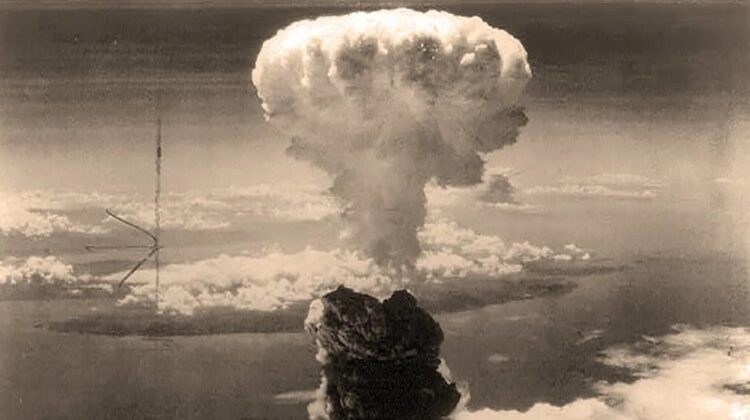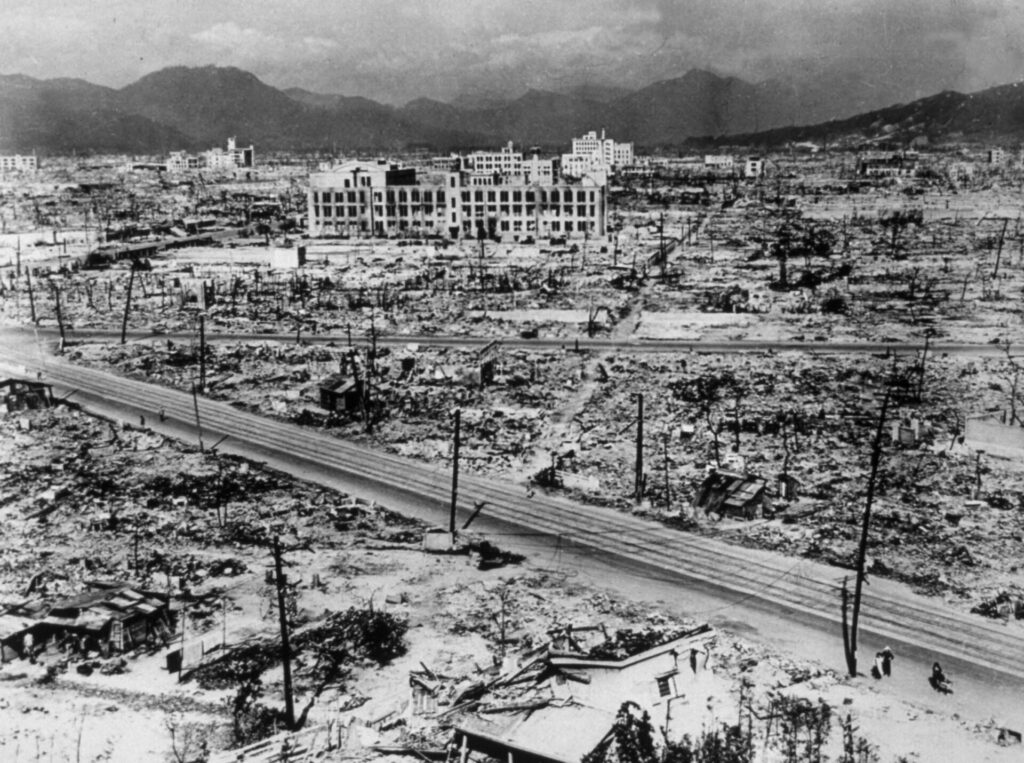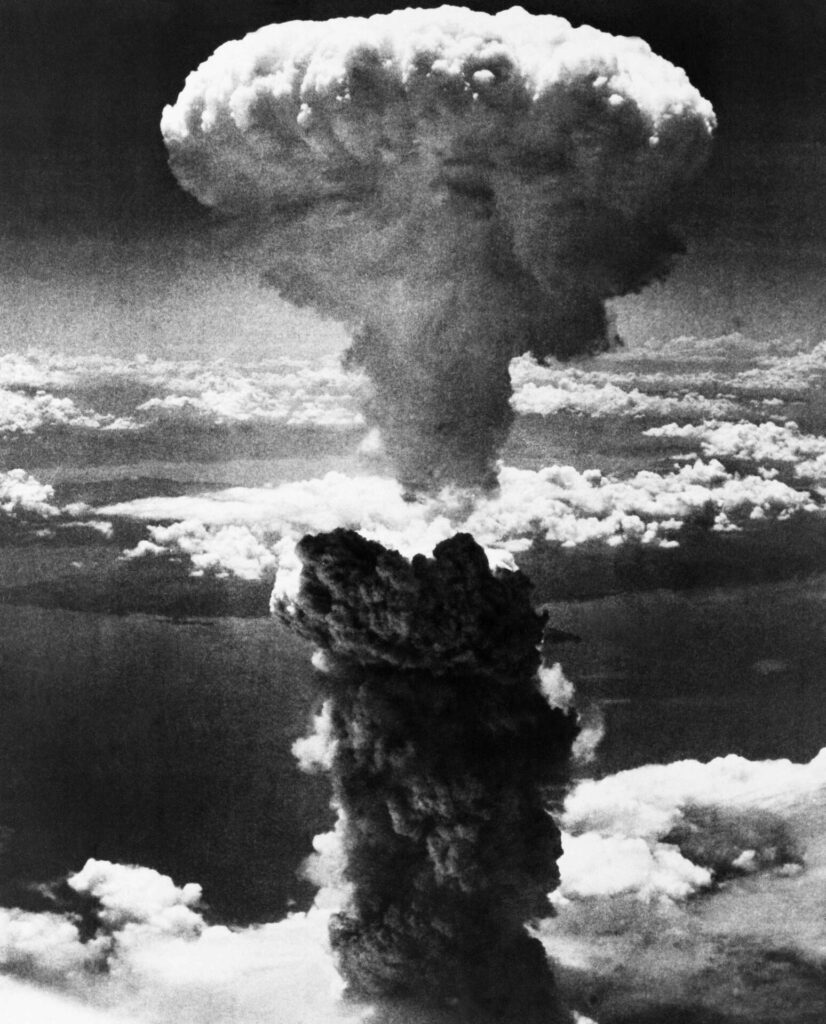
Hasan Jasim – The time has come to dismantle a pervasive and damaging myth: that the United States had to drop atomic bombs on Hiroshima and Nagasaki to bring World War II to a close. Recent publications, such as The Kansas City Star, have continued to perpetuate this myth, presenting it as uncontested truth. The claims that need to be debunked are as follows:
- The bombs were necessary to end the war.
- The war was at a midpoint when the bombs were dropped.
- The use of these weapons saved “half a million lives.”
These assertions are not only misleading but fundamentally incorrect. By June 1945, Japan was already militarily defeated. Its once-powerful Imperial Navy and air force were crippled, rendering them incapable of significant resistance. This fact is highlighted by Mark Weber, director of the Institute for Historical Review, in his seminal 1997 essay, “Was Hiroshima Necessary?”

General Dwight D. Eisenhower, a key military leader of the Allied forces, was unequivocal about the bombings. He remarked, “The Japanese were ready to surrender, and it wasn’t necessary to hit them with that awful thing.” His statement reflects a broader consensus among American military leaders who criticized the bombings in the aftermath of the war.
Admiral William D. Leahy, Truman’s chief of staff, and General Curtis LeMay, a proponent of aggressive bombing strategies, both expressed doubts about the necessity of the atomic bombings. In a press conference on September 20, 1945, LeMay asserted, “The war would have been over in two weeks without the Russians entering and without the atomic bomb.” When asked for further clarification, he bluntly stated, “The atomic bomb had nothing to do with the end of the war at all.”

Gar Alperovitz, an eminent historian, has provided a comprehensive examination of this issue in his works, including “Atomic Diplomacy: Hiroshima and Potsdam” and “The Decision To Use The Atomic Bomb.” Alperovitz was significantly influenced by J. Samuel Walker, chief historian of the U.S. Nuclear Regulatory Commission, who stated in 1990, “The consensus among scholars is that the bomb was not needed to avoid an invasion of Japan to end the war within a relatively short time. It is clear that alternatives to the bomb existed and that Truman and his advisors knew it.”
In an August 5, 2005, article in The Los Angeles Times, Kai Bird and Martin J. Sherwin, co-authors of “American Prometheus: The Triumph and Tragedy of J. Robert Oppenheimer,” deconstructed the myth of the bombings as a necessary evil. They highlighted that the claim of saving a million lives was unfounded. McGeorge Bundy, who popularized this figure, later admitted that he had fabricated it to justify the bombings in a 1947 Harper’s magazine essay ghostwritten for Secretary of War Henry L. Stimson. Given that total American casualties in WWII were 405,000, the notion that an invasion of Japan would have cost one million or even half a million American lives is patently absurd. Bundy’s fluctuating estimates between one million and half a million illustrate the flawed nature of this myth.

Rufus E. Miles Jr., writing in International Security in the fall of 1985, asserted that “the myth of huge numbers of American, British and Japanese lives saved had already achieved the status of accepted history” by the time historians could access secret wartime documents. He argued that a closer examination of these documents and decision-makers’ memoirs would likely reveal that the number of lives saved by the atomic bombings was probably much lower than previously claimed, possibly even zero.
The suppression of the true story behind the atomic bombings has long obscured historical understanding. Now that the records are available, it is imperative to confront and rectify these misconceptions. The truth is clear: the bombings were not a necessity but a decision driven by political and strategic considerations. As we reflect on this critical period in history, it is essential to challenge the myths and embrace a more accurate and honest account of World War II.

Leave a Reply